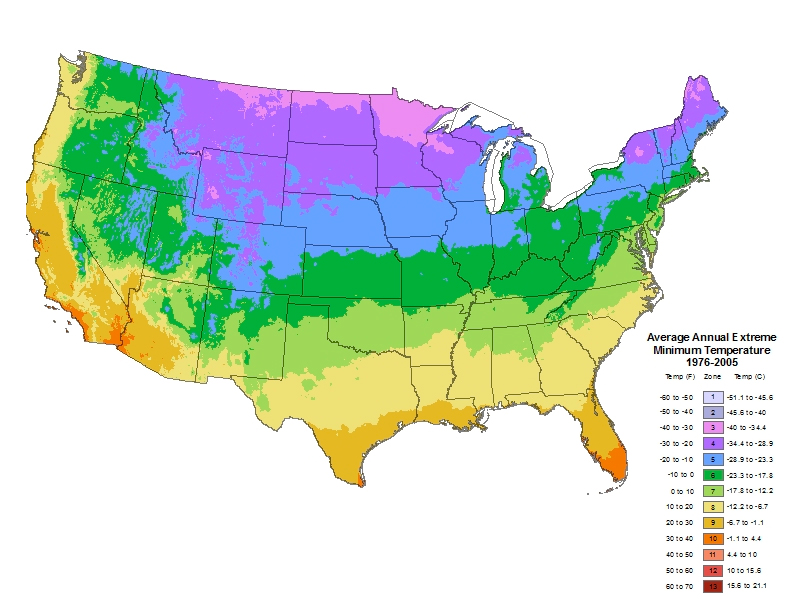Soil and Climate
A successful crop depends on how well adapted your plant species are to your climate and soil. You need to know a few basics before you start such as your latest frost date and general climate.
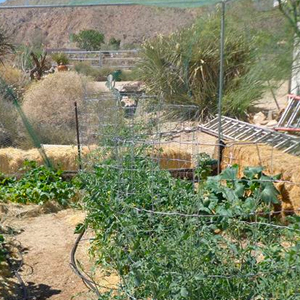
Hot Conditions
Tomatoes, eggplant, cucumber, zucchini, squash, peppers, okra, peanuts, oregano, thyme, sage, etc. Plus drought and heat-resistant varieties of corn, beans, onions, etc. The soil need to be kept moist, preferably with drip irrigation.
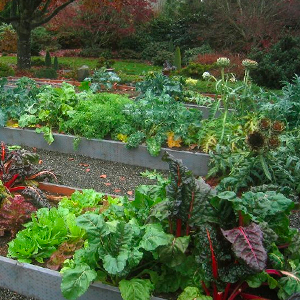
Cool Conditions
Kale, broccoli, lettuce, parsley, cilantro, scallions, basil, garlic, onions, mustard greens, chard, spinach, parsnips, potatoes, arugula, carrots, beets, beans, peas, bok choy, potatoes, fennel, chives and many others.
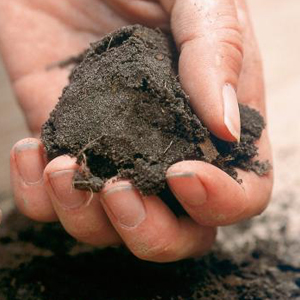
Loam Soil
Nutrient-rich airy soil, or soil mixed with compost, is good for almost all common vegetables, such as root vegetables, carrots and beets and leafy vegetables. This soil also benefits most fruit producing shrubs and trees.

Clay Soil
Clay soil is good for cabbage and broccoli, cherry, pear, maple, and black walnut trees. Edible herbs, including yarrow and red valerian, also benefit from it. Clay soil needs to be kept moist or mixed with sand to avoid compaction.
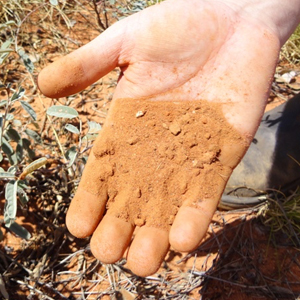
Sandy Soil
Root vegetables grow well in sandy soil, but will need some nutrients, in the form of compost, to be added. Pomegranate and fig trees and Mediterranean herbs also like sandy well-drained soil and need very little nutrients.

